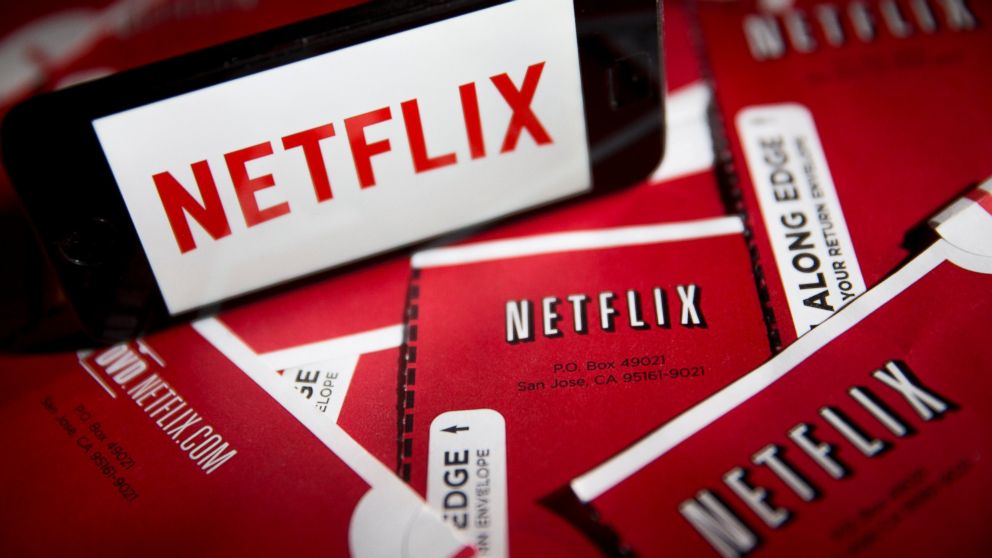Netflix Tests Reveal Movie Photos Are What Really Influence What We Watch
Netflix conducted tests on users and found the artwork matters the most.

— -- Netflix users are showing how important a movie or television title's photo is when it comes to attracting viewers on the streaming website.
The company said its research has shown that Netflix users are drawn to certain photos or artwork when choosing a show or film.
Netflix said it already knew that if the company doesn't capture a viewer's attention within 90 seconds, that person will lose interest and move on to another activity, Nick Nelson, Netflix's global manager of creative services, explained in a company blog post this week.
Nelson explained that the company conducted research in early 2014 that found artwork was "not only the biggest influencer" for a user's decision about what to watch, it also constituted over 82 percent of their focus while browsing Netflix.
"We also saw that users spent an average of 1.8 seconds considering each title they were presented with while on Netflix," Nelson wrote. "We were surprised by how much impact an image had on a member finding great content, and how little time we had to capture their interest."
The company tested various artwork for the same title and found images with faces yielded the most engagement by users. One case in which this was true was for Netflix's test of six images for the second season of "Unbreakable Kimmy Schmidt."

"It's well known that humans are hardwired to respond to faces -- we have seen this to be consistent across all mediums," Nelson said. "But it is important to note that faces with complex emotions outperform stoic or benign expressions -- seeing a range of emotions actually compels people to watch a story more. This is likely due to the fact that complex emotions convey a wealth of information to members regarding the tone or feel of the content, but it is interesting to see how much members actually respond this way in testing."
Nelson shared other findings, including that regional differences influenced which images were more popular in some countries.




